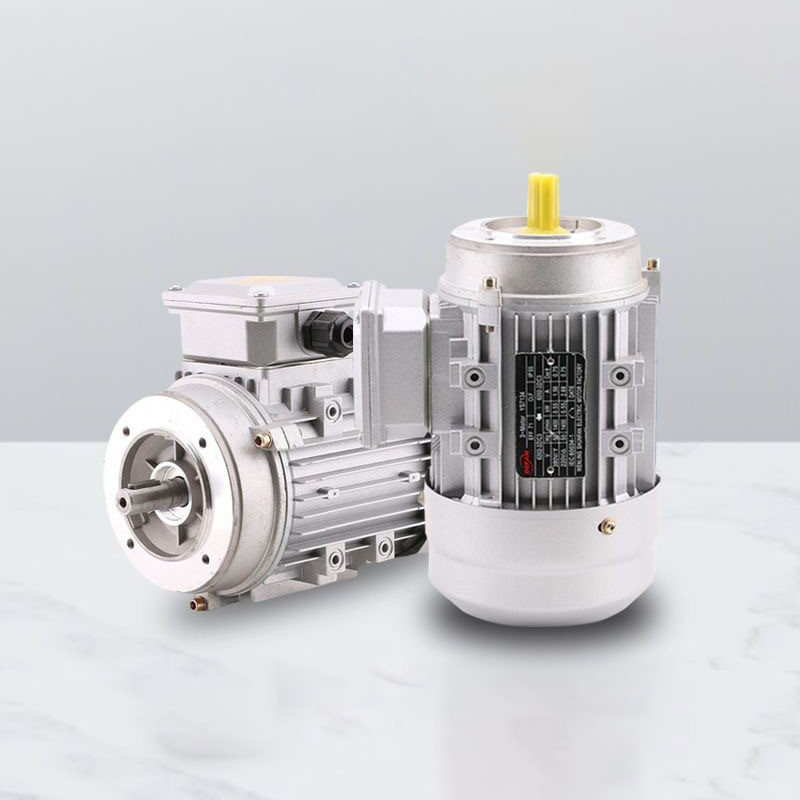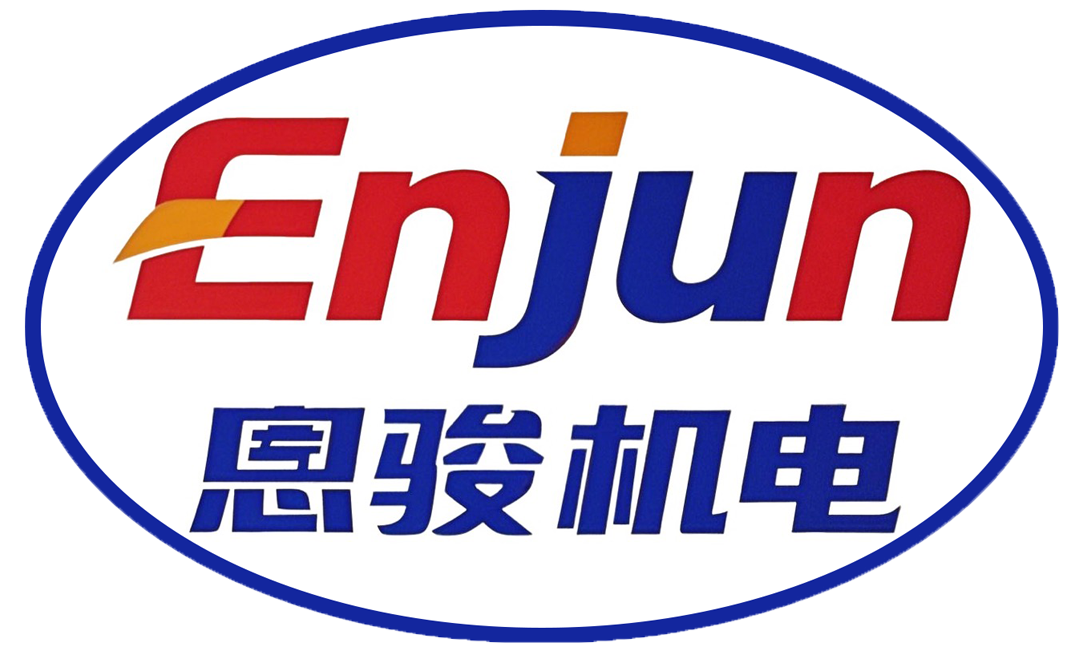
What Are The Types Of Motors?

There are many types of motors. They can be divided according to the type of working power supply, structure and working principle, purpose and operating speed. For example, there are two types of motors according to their purpose: drive motors and control motors. Different types also have different characteristics and act in different places. For example, brushless DC motors have good linearity of mechanical characteristics and adjustment characteristics, a wide speed regulation range, long life, easy maintenance and low noise, and do not have a series of problems caused by brushes. Next, this article will briefly introduce the types of motors and the characteristics of different types of motors. Let's take a look!
一. What are the types of motors?
1. According to the type of working power supply, they can be divided into DC motors and AC motors.
2. According to the structure and working principle, they can be divided into brushless DC motors and brushed DC motors, permanent magnet DC motors and electromagnetic DC motors.
(1) Permanent magnet DC motors are divided into rare earth, ferrite, and aluminum nickel cobalt permanent magnet DC motors according to their materials.
(2) Electromagnetic DC motors are divided into series-excited, parallel-excited, separately-excited and compound-excited DC motors according to their excitation methods.
(3) AC motors can be divided into: single-phase motors and three-phase motors
3. According to the purpose
There are drive motors and control motors.
4. According to the running speed
There are high-speed motors, low-speed motors, constant-speed motors and speed-regulating motors.
Low-speed motors are further divided into gear reduction motors, electromagnetic reduction motors, torque motors and claw-pole synchronous motors.
二. Characteristics of different types of motors
1. Brushless DC motors
Brushless DC motors are developed on the basis of brushed DC motors, but their driving current is AC. Brushless DC motors can be divided into brushless speed motors and brushless torque motors. Generally, there are two types of driving currents for brushless motors, one is a trapezoidal wave (usually a "square wave"), and the other is a sine wave. Sometimes the former is called a DC brushless motor, and the latter is called an AC servo motor, which is a type of AC servo motor.
In order to reduce the moment of inertia, brushless DC motors usually adopt a "slender" structure. The weight and volume of brushless DC motors are much smaller than those of brushed DC motors, and the corresponding moment of inertia can be reduced by about 40%-50%. Due to the processing problems of permanent magnetic materials, the general capacity of brushless DC motors is below 100kW.
This motor has good linearity of mechanical characteristics and adjustment characteristics, a wide speed regulation range, long life, convenient maintenance and low noise, and does not have a series of problems caused by brushes, so this motor has great application potential in control systems.
2. Stepper motor
The so-called stepper motor is an actuator that converts electrical pulses into angular displacement. To put it more simply: when the stepper driver receives a pulse signal, it drives the stepper motor to rotate a fixed angle in the set direction. We can control the angular displacement of the motor by controlling the number of pulses, so as to achieve the purpose of precise positioning. At the same time, the speed and acceleration of the motor can be controlled by controlling the pulse frequency, so as to achieve the purpose of speed regulation. At present, the more commonly used stepper motors include reactive stepper motors (VR), permanent magnet stepper motors (PM), hybrid stepper motors (HB) and single-phase stepper motors.
The main difference between stepper motors and ordinary motors lies in their pulse drive form. It is precisely this feature that allows stepper motors to be combined with modern digital control technology. However, stepper motors are not as good as traditional closed-loop controlled DC servo motors in terms of control accuracy, speed range, and low-speed performance. Therefore, they are mainly used in occasions where the precision requirements are not particularly high. Due to the characteristics of simple structure, high reliability and low cost, stepper motors are widely used in various fields of production practice. Especially in the field of CNC machine tool manufacturing, since stepper motors do not require A/D conversion and can directly convert digital pulse signals into angular displacement, they have always been considered the most ideal CNC machine tool actuator.
In addition to its application in CNC machine tools, stepper motors can also be used in other machines, such as as motors in automatic feeders, as motors for general floppy disk drives, and can also be used in printers and plotters.
In addition, stepper motors also have many defects. Due to the no-load starting frequency of stepper motors, stepper motors can operate normally at low speeds, but if they are higher than a certain speed, they cannot be started and are accompanied by a sharp whistling sound. The precision of the subdivision drivers of different manufacturers may vary greatly. The larger the number of subdivisions, the more difficult it is to control the precision. In addition, the stepper motor has greater vibration and noise when rotating at low speed.
三. Servo motor
Servo motors are widely used in various control systems. They can convert the input voltage signal into the mechanical output on the motor shaft, drag the controlled element, and thus achieve the control purpose.
Servo motors are divided into DC and AC. The earliest servo motors were general DC motors. When the control precision was not high, general DC motors were used as servo motors. Structurally, the current DC servo motors are small-power DC motors. Their excitation mostly adopts armature control and magnetic field control, but usually armature control.
Classification of rotating motors. DC servo motors can well meet the requirements of the control system in terms of mechanical characteristics, but due to the existence of the commutator, there are many shortcomings: sparks are easily generated between the commutator and the brush, which interferes with the operation of the driver and cannot be used in places with flammable gases. There is friction between the brush and the commutator, which will produce a large dead zone. The structure is complex and maintenance is difficult.
AC servo motor is essentially a two-phase asynchronous motor, and there are three main control methods: amplitude control, phase control and amplitude-phase control.
Generally, servo motors require that the motor speed be controlled by the applied voltage signal. The speed can change continuously with the change of the applied voltage signal. The motor should have fast response, small size and small control power. Servo motors are mainly used in various motion control systems, especially follow-up systems.
四. Torque motor
The so-called torque motor is a flat multi-pole permanent magnet DC motor. Its armature has a large number of slots, commutation segments and series conductors to reduce torque pulsation and speed pulsation. There are two types of torque motors: DC torque motors and AC torque motors.
Among them, the self-inductance reactance of DC torque motors is very small, so the responsiveness is very good. Its output torque is proportional to the input current and has nothing to do with the speed and position of the rotor. It can be directly connected to the load and run at low speed without gear reduction in a nearly stalled state, so it can generate a high torque to inertia ratio on the load shaft and eliminate the system error caused by the use of reduction gears.
AC torque motors can be divided into synchronous and asynchronous types. Currently, squirrel cage asynchronous torque motors are commonly used, which have the characteristics of low speed and high torque. Generally, AC torque motors are often used in the textile industry. Their working principle and structure are the same as those of single-phase asynchronous motors, but because the resistance of the squirrel cage rotor is large, its mechanical characteristics are softer.
